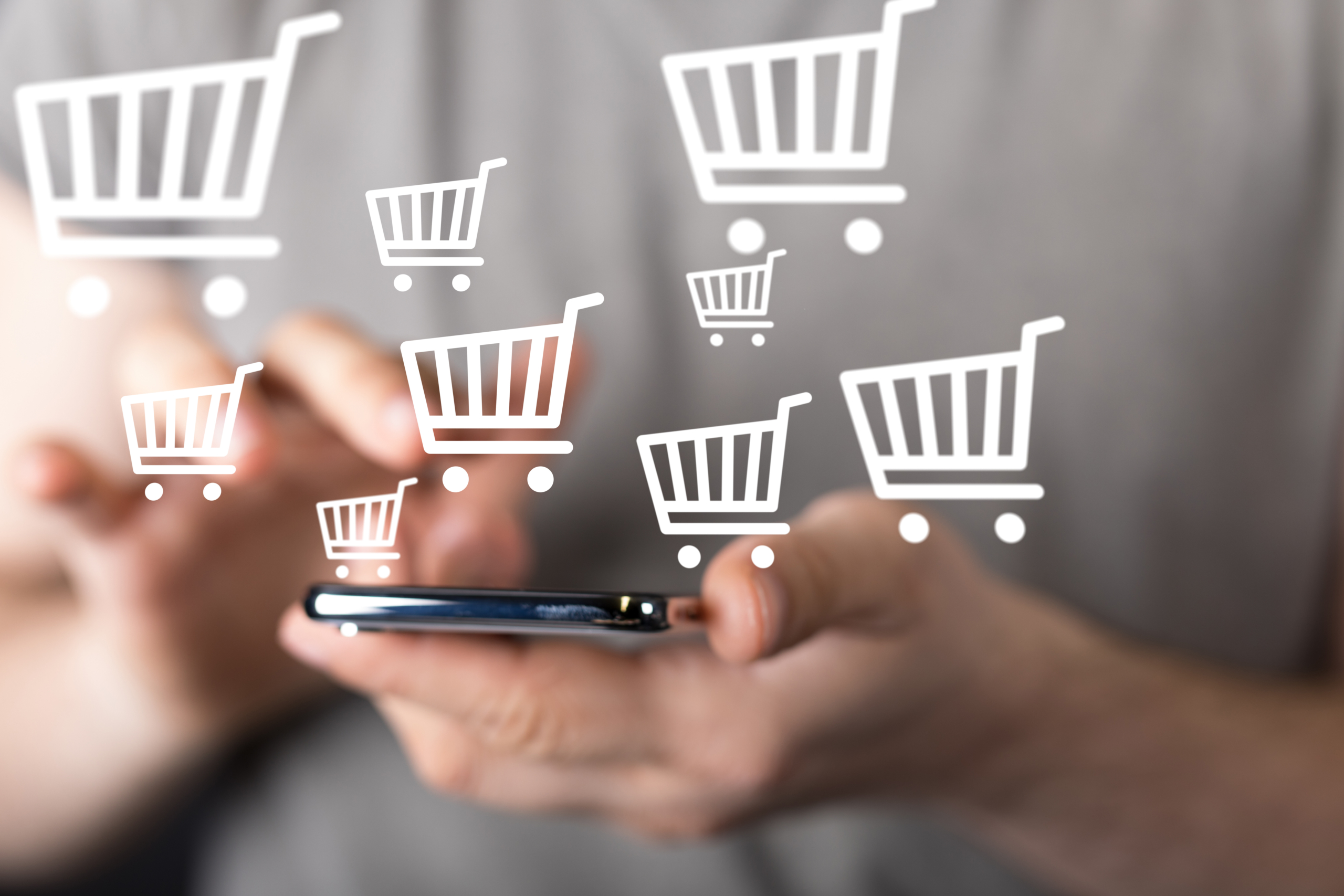As a business owner, you’ve likely been wondering what it would look like for you post COVID-19. While it’s not post COVID-19, states are starting to reopen and allowing businesses to reopen as well. Despite this, polls
- Home
- Tag: coronavirus
Google Shopping is responding to the coronavirus crisis by taking steps to make it easier for more merchants to sell via the platform free-of-charge. The Google Shopping tab results “will consist primarily of free product listings” starting
Right now, everyone is shifting the focus of their content to COVID-19. Rightfully so, as it’s impacting everyone and everything around the world. People are looking for answers and businesses feel compelled to respond. This creates a
A recent survey by Conductor revealed that due to COVID-19 and the extension of the social distancing guidelines, many marketers anticipate a decrease in their annual marketing budget, but still expect goals to remain the same. How
With the current situation of the world, not many are traveling outside of their residing neighborhoods, or even have the ability to. Being able to market your business locally and digitally is now more important than ever.
As a result of the Coronavirus outbreak, many companies are transitioning to working remote. While working from home is a dream for many, there are many challenges that can come with it. We don’t know how long
Every company is dealing with the impact of the COVID-19 outbreak, and with the status of countries ever-changing, finding the right response is difficult. This is not a “marketing opportunity” for brands to capitalize on. It’s a
Coronavirus is something that can no longer be ignored by marketers, as much as they might want to. Industries around the globe are starting to feel the effects, but none are getting hit as hard as one













